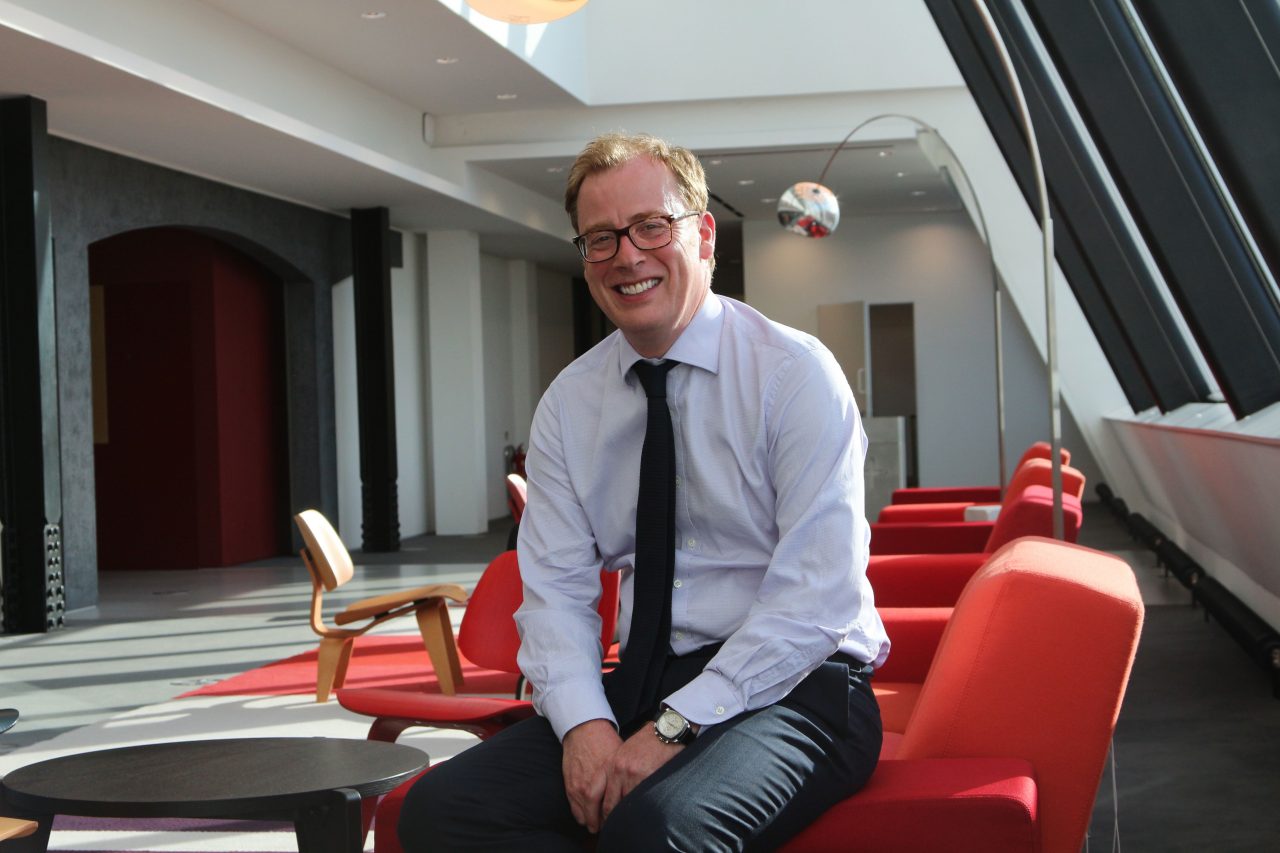

The traditional agency model, as we’ve known it for years, is changing. We see the disruption being examined in reports, opinion pieces and articles all over the trade press and at f1 we’re hearing about it from candidates and clients. By listening to candidates and by helping clients find talent for their new requirements we understand why the move towards teams containing a bespoke mix of specialist crafts and skills is so important at this time. But what does this mean for the Marcomms career? What does it mean for the all-important people working within traditional agency environments and how can they navigate their way successfully through it and still be employable? We put these questions to Richard Millar, CEO at H+K Strategies, which is currently undergoing a structure transformation.
First things first: you have to believe that change is good. A radical upheaval in the way things are run usually results in fresh opportunity and fresh challenge. We’re seeing this already – new job titles such as creative directors in PR agencies; editors in chief; community managers and data experts. It’s going to continue.
Richard Millar is clear about the refocus as a force for good. He told us, ‘We must remember the Uber effect. In the next five years any one of our clients could be severely threatened by a company that doesn’t even exist yet.’ It’s a threat he suggests is driven by technology and its ability to disrupt. And a consequence of this disruption is that audiences are converging and behaviours are changing. ‘It requires a re-thinking of comms strategy and we must help create resilient, robust client communities that are aligned in performance and purpose.’ H+K’s own agency reorganisation puts at its heart a purpose-driven model: it starts with a client’s purpose in business and develops this onto a creative platform, producing content for it in its most expansive form.
In terms of new skill requirements Richard suggests that as the agency re-organises itself it is important to ask what muscles are needed inside the agency to complement the existing, strategic capabilities. He says, ‘Importantly, we need content muscle in the form of many different specialisms, from experiential to design. It’s the fastest growing part of the UK business. We also need social curation of that content.’ With content at the heart of everything the role of editor and curator is vital, just as in the traditional publishing sector. Richard describes client teams being organised as a newsroom function might be. Think about the team less as a triangle of account management than as an editor in chief with a group of specialists that might include creatives, producers, directors, designers, influencers, etc. The focus is on the value of the output of individuals.
In terms of the communications career Millar’s view is that agency re-organisation is a liberating force and that there will be greater fluidity in the industry as a result. ‘To some extent,’ he says, ‘we only had one or two career paths in PR in the past. Now there are far more routes to develop a career within a PR agency and multiple ways to create value.’ He admits that there may have been a danger within large agencies of creating too many project managers and losing sight of the craft of communication. This is reversing. ‘We are re-introducing the craft of communication. And the good thing about this is that it means we can recruit people from far more varied career backgrounds, such as customer relationship marketing, scriptwriting, UX design and architecture.’ In terms of specific skills, Millar says there will be demand for more specialism, a greater level of audience behavioural insight and, most excitingly, skills not usually found in a PR agency. He believes that people working in agencies right now have a personal accountability to re-skill, if necessary, to stay relevant and to adapt (remember Uber) to the changes going on in our industry. He has already seen examples within H+K of people going after a specialism, such as micro-media buying, and making it theirs, assisted by a combination of training and personal development.
Richard sees industry transformation happening step by step, led by the client, varying region by region and reflecting the movement towards putting purpose at the heart of all business. It’s important to continue to master traditional account management skills. But this is also the right time to master a discipline, to ask which area of the business are you most passionate about? What’s your craft?
Amanda@f1recruitment.com